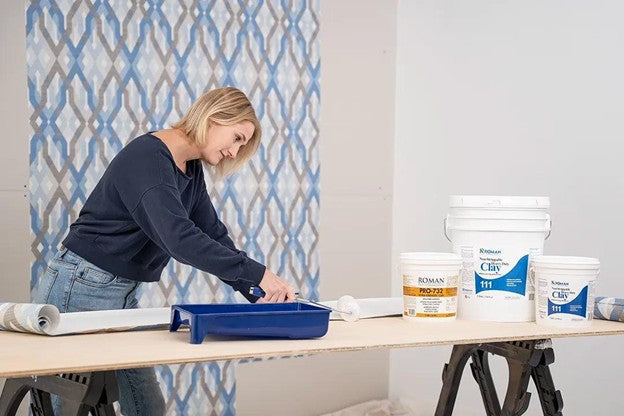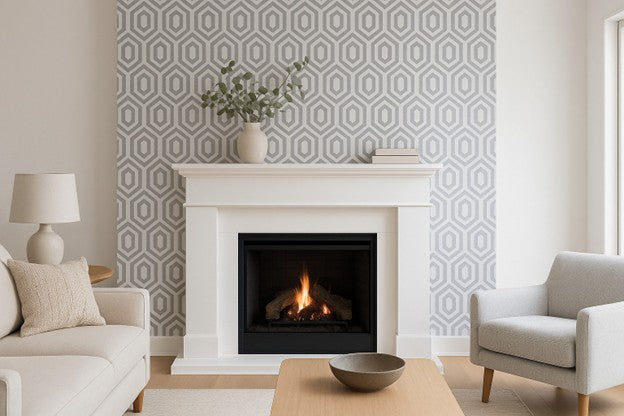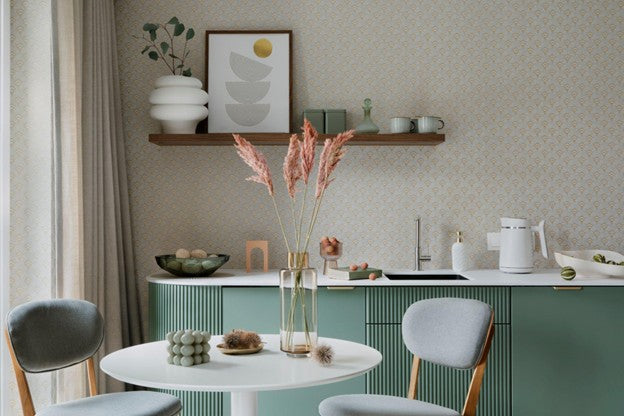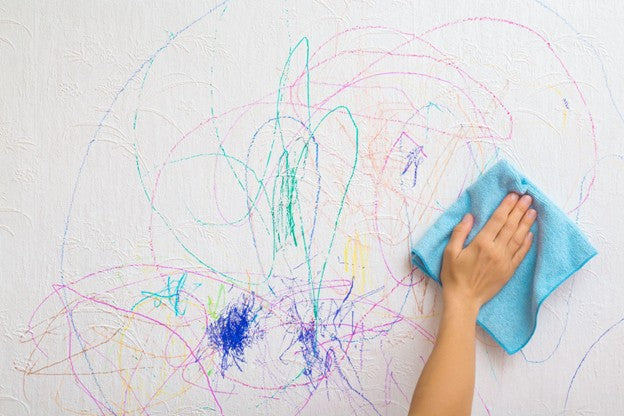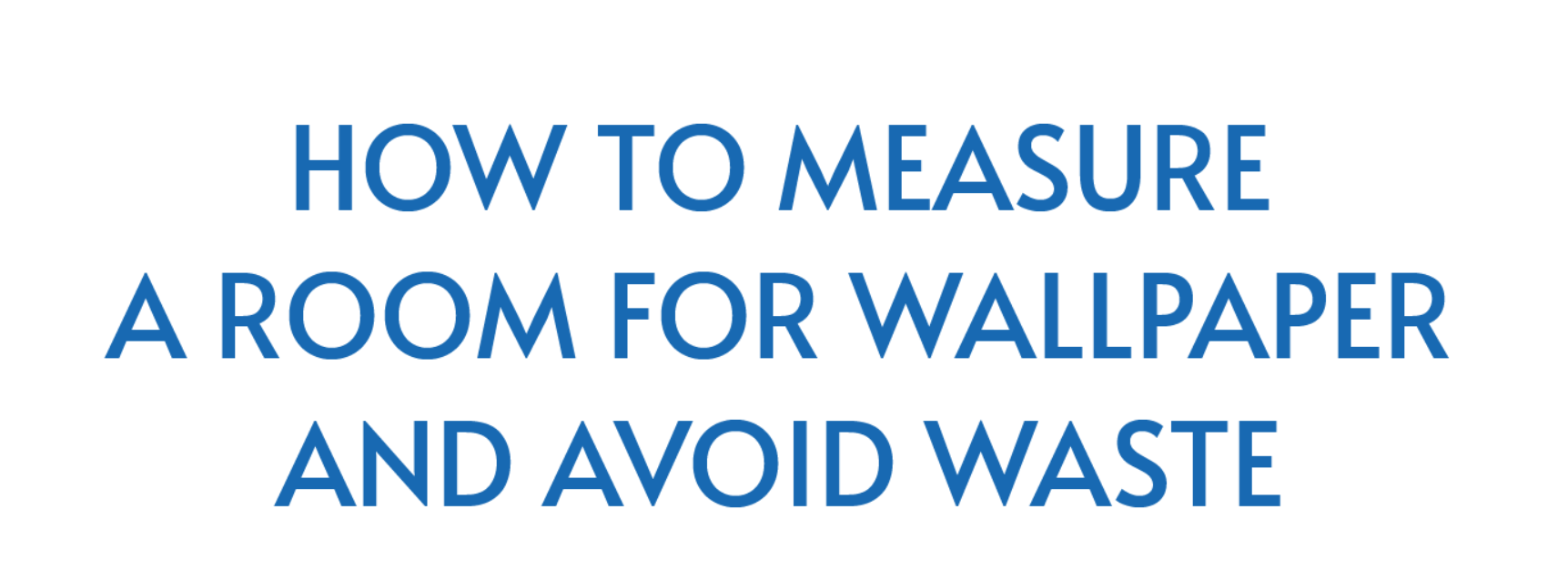Wallpaper is making a strong comeback as a high-impact way to personalize interior spaces. From bold accent walls to subtle textures and murals, wallpaper can transform the mood of a room in ways that paint can’t match. But when it comes to application, one major question remains: should you tackle the job yourself or bring in a professional wallpaper installer? Let’s take a closer look at this topic.
What’s Involved in Wallpaper Installation
Wallpaper installation is a multi-step process that generally includes:
● Surface preparation and priming – Ensuring the wall is clean, smooth, and sealed. For most jobs, a reliable wallpaper primer helps promote strippability and adhesion while preventing damage to the wall underneath.
● Measuring and cutting panels – Accurate measuring is important, especially with patterns that require alignment. Miscalculations lead to waste and visual inconsistencies.
● Applying wallpaper adhesive – Never underestimate the importance of using the correct adhesive. Products like ROMAN PRO-880 Ultra® Clear Adhesive offer excellent wet tack and easy clean-up for a wide range of wallcoverings.
● Hanging, smoothing, and trimming – This is where technique matters. You’ll need to match up seams, eliminate air bubbles and wrinkles, and precisely cut off excess material.
While the process is generally consistent, the complexity of installation can vary widely based on the type of wallpaper and wall layout. Intricate patterns, murals, stairways, or textured walls all require advanced skills and the right tools for installing wallpaper properly.

DIY Wallpaper Installation
Pros
One of the biggest advantages of DIY wallpaper installation is cost savings. Without labor fees, the total cost can be significantly lower. This makes DIY an appealing option for budget-conscious homeowners and hobbyists.
DIY also gives you complete creative control and the flexibility to work on your own schedule. For design lovers who enjoy hands-on work, the process can be both satisfying and empowering.
Cons
Wallpaper installation may not be as simple as it looks. Successful results require a steady hand, as well as familiarity with tools for installing wallpaper, such as brushes and rollers. Without experience, it’s easy to misalign seams or damage delicate wallpaper, among other potential headaches. Mistakes can mean wasted rolls—or worse, walls that need to be redone entirely.
You’ll also need to invest in supplies like a quality wallpaper primer, adhesive, and installation tools. While ROMAN makes these products accessible and easy to use, it’s also true that first-timers still face a learning curve.
Best Suited For
● Small or single accent walls
● Pre-pasted or peel-and-stick wallpaper
● Flat, square wall surfaces
● Budget-friendly or easily replaceable wallpaper
● Patient, detail-oriented DIYers with basic tools

Professional Wallpaper Installation
Pros
Hiring a professional wallpaper installer ensures your project benefits from expert precision and hands-on experience. Professionals know how to work with all types of wallpaper and can handle complex layouts such as ceilings, stairways, archways, and oversized murals. They also understand how to prep surfaces correctly and use the right wallpaper primer and adhesive for each situation.
Speed and efficiency are other key advantages. A job that might take a weekend—or longer—for a DIYer can often be completed in hours by a trained installer. The results are generally smoother and longer-lasting, with proper alignment and minimal waste.
Professionals also come prepared with the full set of installation accessories. That means there’s no need for you to purchase or rent equipment you may never use again.
Cons
Of course, professional wallpaper installation comes at a higher upfront cost. Labor charges can be significant, especially for large or intricate jobs. Homeowners working on a tight budget may find this cost prohibitive, particularly if the wallpaper itself is also high-end.
Furthermore, hiring out the work means giving up some creative control. You’ll need to coordinate schedules and trust the installer to follow through. While most experienced professionals are happy to collaborate, some homeowners may find the process less personal than DIY.
Best Suited For
● High-end or delicate wallpaper materials
● Large spaces or multi-wall layouts
● Stairways, ceilings, archways, murals, and high-impact rooms
● Commercial vinyl or Type II/III wallcoverings
● Homeowners seeking fast, flawless results
Hidden Costs and Considerations
Regardless of which route you choose, there are easy-to-overlook issues that can affect your wallpaper installation cost and overall experience.
1. Primer Selection
Using the correct wallpaper primer is essential—it must be suitable for the particular surface you have. ROMAN PRO-977 Ultra Prime® is a good choice for most wall surfaces, and it also promotes future removability—useful if you plan to change the wallpaper later.
For porous surfaces such as new drywall or joint compound, PRO-999 Rx-35® is a clear primer that seals and provides a slightly tacky surface to improve adhesion.
On the other hand, PRO-935 R-35® is ideal for non-porous surfaces like tile or glass, where adhesion is otherwise difficult.
2. Adhesive Selection
When it comes to adhesives, your choice depends on the type and weight of wallpaper. ROMAN PRO-880 Ultra® is a versatile, clear wallpaper adhesive that works well for most residential projects.
For heavier or commercial-grade wallcoverings, PRO-838 Heavy Duty Clear offers added strength and tack.
For really heavy-duty commercial installations, PRO-774 Clay Strippable Adhesive is a go-to choice, offering maximum tack, compatibility with pasting machines, and the strength to handle even the thickest wallcoverings.
3. Wall Surface Repairs
DIYers often underestimate the importance of prepping the wall. Uneven surfaces and flaking paint can interfere with adhesion. These issues often require patching or sanding sections of drywall—tasks that may go beyond a typical DIY skillset.
4. Tools and Equipment
Investing in the right wallpaper installation tools is critical for success. You’ll need a seam roller, smoothing tool, utility knife, level, measuring tape, and in some cases, a pasting machine. While these tools are readily available, costs can add up quickly if you’re starting from scratch.
5. Cost of Mistakes
Probably the most overlooked factor is the cost of redoing a botched job. Issues like misaligned panels or torn wallpaper may require new rolls and extra time—or professional help to fix. In some cases, correcting DIY mistakes can end up costing more than hiring a professional wallpaper installer from the beginning.

Making the Right Choice
So how do you decide between DIY wallpaper installation and hiring a professional? Start by evaluating the following:
● Type of Wallpaper: Some materials are easier for beginners, while others—like delicate materials (e.g., grasscloth, silk)—benefit from a professional touch.
● Wall Complexity: Flat, square walls are manageable for DIYers. Curved surfaces, corners, and tall ceilings are better left to pros.
● Budget: Consider the full range of expenses, including tools, adhesive, primer, and potential rework.
● Available Time: Can you dedicate a weekend—or more—to get it right?
● Skill and Comfort Level: Do you enjoy detailed DIY tasks? Or would you prefer to outsource the work and enjoy flawless results?
There’s no one-size-fits-all answer. For some, the challenge and reward of DIY wallpaper installation is part of the fun. For others, paying a little more for peace of mind is worth every penny.
Need Help Finding a Qualified Installer?
If you decide to go the professional route, the Wallcovering Installers Association (WIA) is an excellent resource. As the only trade organization dedicated exclusively to wallpaper professionals, WIA connects homeowners with vetted experts across the U.S. and beyond. Their Locate an Installer tool allows you to search by ZIP code and locate accredited professionals who have relevant experience.

Come to ROMAN for Quality Wallpaper Installation Products
Wallpaper is a powerful design tool—but the impact depends on the quality of the installation. Regardless of whether you choose to install it yourself or hire a professional wallpaper installer, having the right information and the right products will make all the difference. With ROMAN, you’ll be well-equipped for success—no matter which path you choose.
Recent Posts
-
How to Use Wallpaper to Create a Faux Brick Effect
read more >> -
Wallpapering Inside Closets & Pantries: A Fun Surprise Element
read more >> -
How to Install Wallpaper on a Fireplace Surround for a Bold Touch
read more >> -
How to Wallpaper a Kitchen Backsplash (and Waterproof It)
read more >> -
How to Remove Stains From Wallpaper Without Ruining It
read more >> -
How to Measure a Room for Wallpaper and Avoid Waste
read more >>

